“I don’t know what topology to use for the face.”
When you are modeling a face, you may wonder what kind of topology is the best. I often wonder about this myself, but after creating various types of faces such as “Anime faces”, “bishojo faces”, “Realistic faces”, etc., I currently think that there are 4 basic concepts, which I will introduce in this article.
I think it’s important to understand the structure and how to make a polygon loop, but it’s even more important to understand the concept, consciousness, and how it will be used when animated.
Silhouette Type
This is method in which the topology is composed with an emphasis on silhouettes. Films with strong bishojo or Anime elements often have this image.

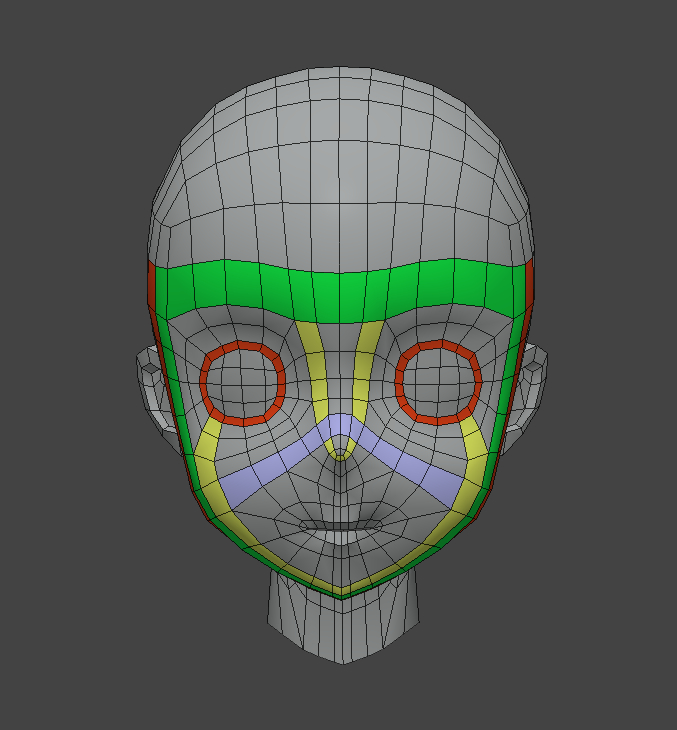
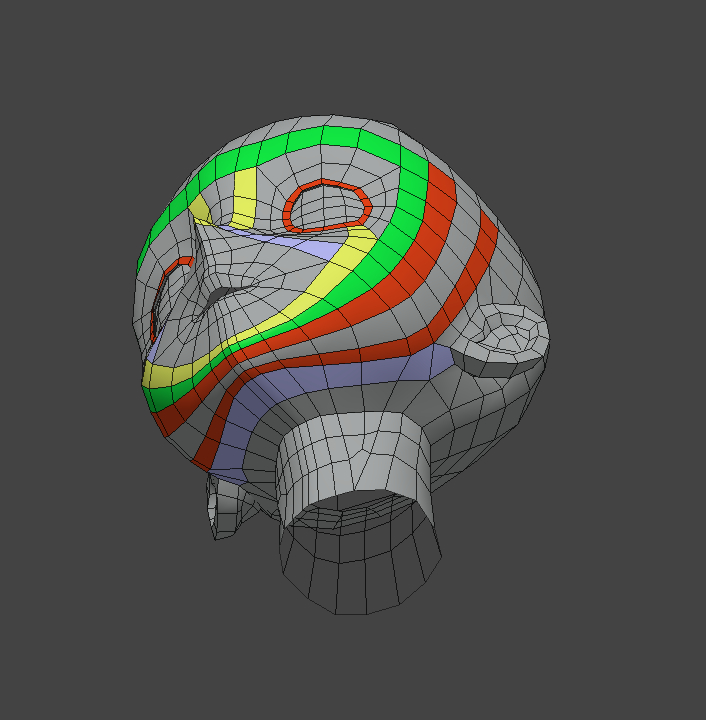

Topology, Formative features
The topology of the “cheek” contour is unique, so that the silhouette is clearly visible when viewed from an angle.
In many cases, the topology around the mouth is lightly structured because “smile lines” are not necessary for the character’s taste. The fewer polygons, the easier it is to create large deformations around the mouth, the less setup time is required, and the easier it is for the animator to edit the vertex base.
However, since the modeling has a sharp edge, it may be uncomfortable in some cases, such as when three-dimensional gradient shading infomation is used, or when patterns are used on the cheeks.
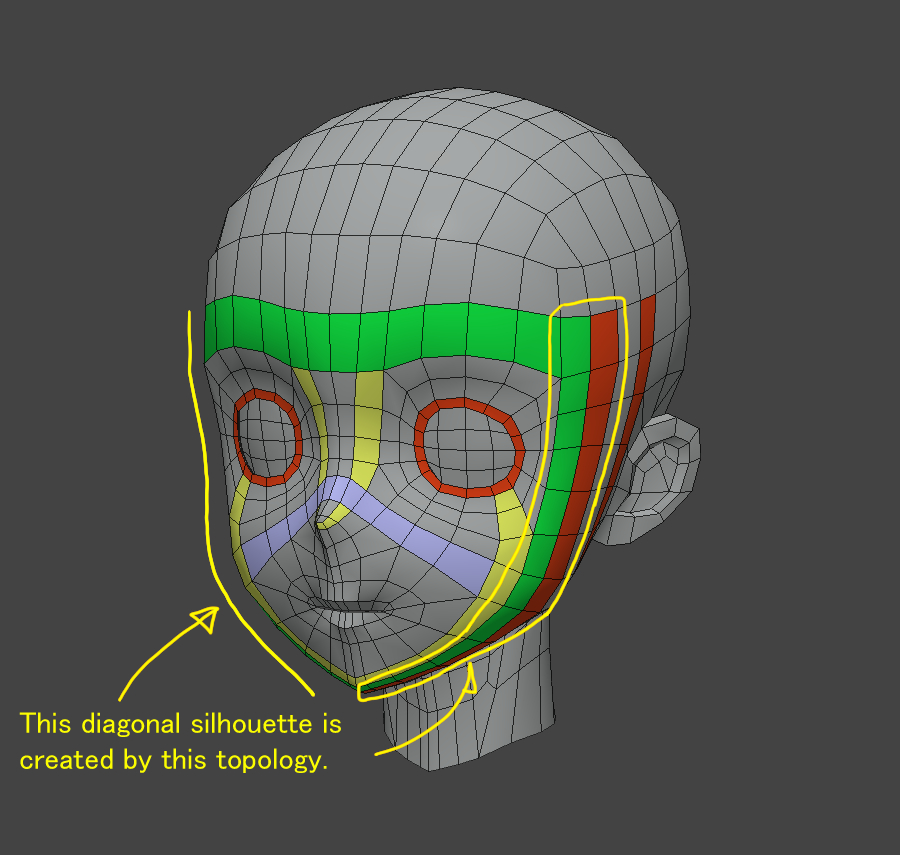
This topology from an animated point of view
When animating, it would be easier to adjust the silhouette if the silhouette part is clear and be deformed.

It is easy to clearly see the surface that will become the shadow, so it is easy to add shadows. It is also easy to adjust shadows by editing normals.

Examples of work published on the Web
In terms of what can be seen on the Internet, I think that most of the Anime modeling that abounds on the world is this.
Pretty Cure
I think you have a “Silhouette type” topology that is easy to understand.

BanG Dream!
The topology that appears in this video shows that it is put together with very low polygon count.
Facial topology introduced in the “Anime Style Character Modeling Tips” section of “GUILTY GEAR Xrd”
It is a very famous tip in Japan. It is presented as a topology to make look like a Anime. I think it is also unique in that the mouth is quite simple.
Facial topology as presented in Itou’s cell look character moddel
I think you have a “Silhouette type” topology that is easy to understand.

Face topology published by Makaroni on Twitter
I think you have a “Silhouette type” topology that is easy to understand.
Katsuyoshi Miyajima’s elemental body shown on Twitter
The reconstructed mesh was probably changed to a “Silhouette type”. I think the topology of the figure prototype element he is referring to is “Real type”.
Kasoku Sato’s “Blaster Renko” and “Hatsune Miku”
The shape around the cheeks is rounded, but I think the topology flows as a “Silhouette type”.

Belle
Since the base is a Disney type character modeling, it has a “Real type” atmosphere, but if we only look at the flow of the topology, it looks like a “Silhouette type”. The cheeks and jawline are also seen to have edges added to emphasize them.
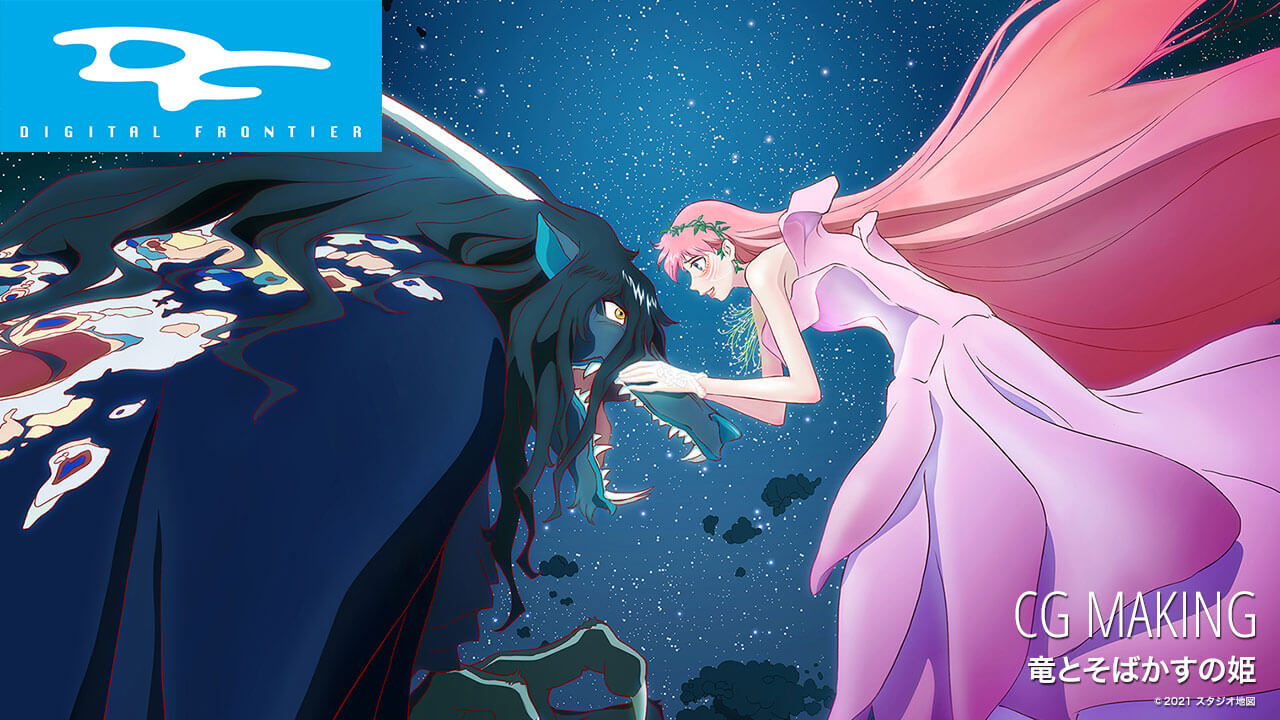
Real Type
This method has the same topological structure as the topology of the real system. In other words, it follows the structure of muscles and skeleton. I think it can be called “orthodox facial topology”, which is often seen in foreign models.
I have an image that this type of topology is often used in Anime films with a realistic taste. When the work is foreign or has a realistic taste, it tends to be a “Real type” of work. Also, adult characters with small eyes and a strong frame tend to be classified in this category. As an application, the “Old People” would also fall into this category.
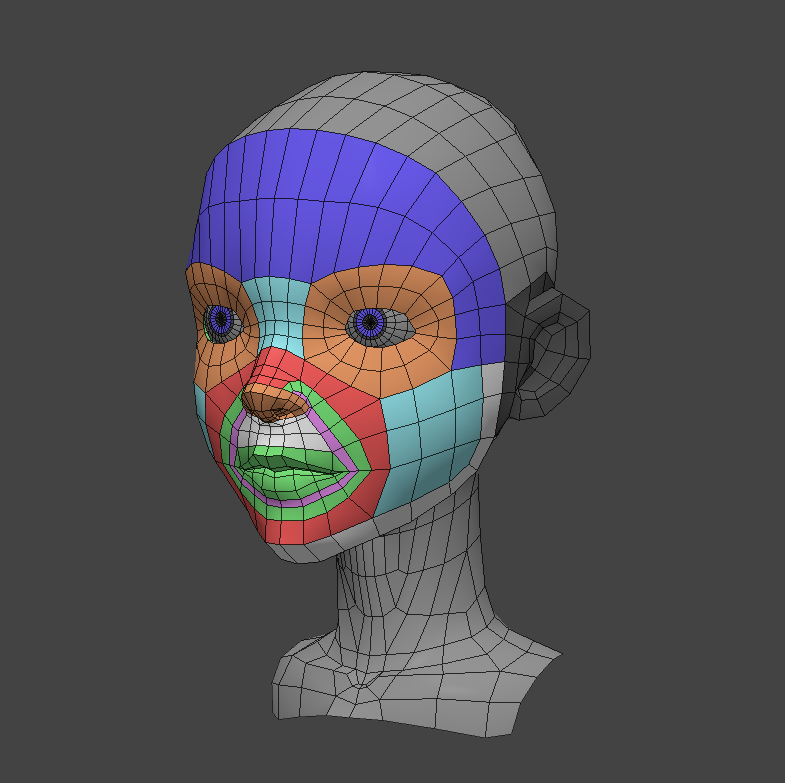
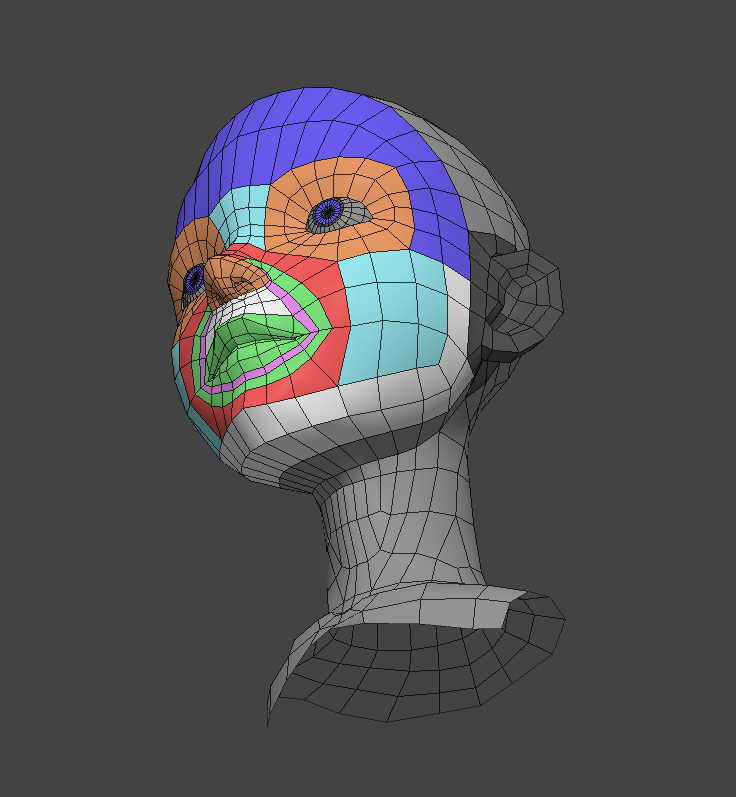


Topology, Formative features
I think the defference between the “Silhouette type” and the “Real type” in terms of topology and shape is the cheeks. The “Silhouette type” gives priority to the “Silhouette”, so the cheeks are quite edgy, but the cheeks of the “Real type” can be made round and bulging in realistic manner.

Also, topologically, the area around the mouth is quite different. I think it is possible to make the topology such that “smile lines” can be created. There may or may not be “smile lines”, and there is a wide range of applications, such as a pure “Real type”, a mix of “Real type” thinking at the cheeks, or one that emphasizes the skeletal structure.

This topology from an animated point of view
Since it has a realistic topology, this one is easier to deform if you want the deformation to follow the human body structure. Also, if you want to have realistic facial deformation in the silhouette, this one will be more realistic.
Since there are no clear boundaries for shading, it is necessary to use textures or shaders to create shadows in the cell look.
Examples of work published on the Web
BLAME!
I think you have a “Real type” topology that is easy to understand.

Knights of Sidonia
I think you have a “Real type” topology that is easy to understand.
Houkai 3rd PV
The topology segmentation and the flow around the cheeks make me think it is a “Real type”.
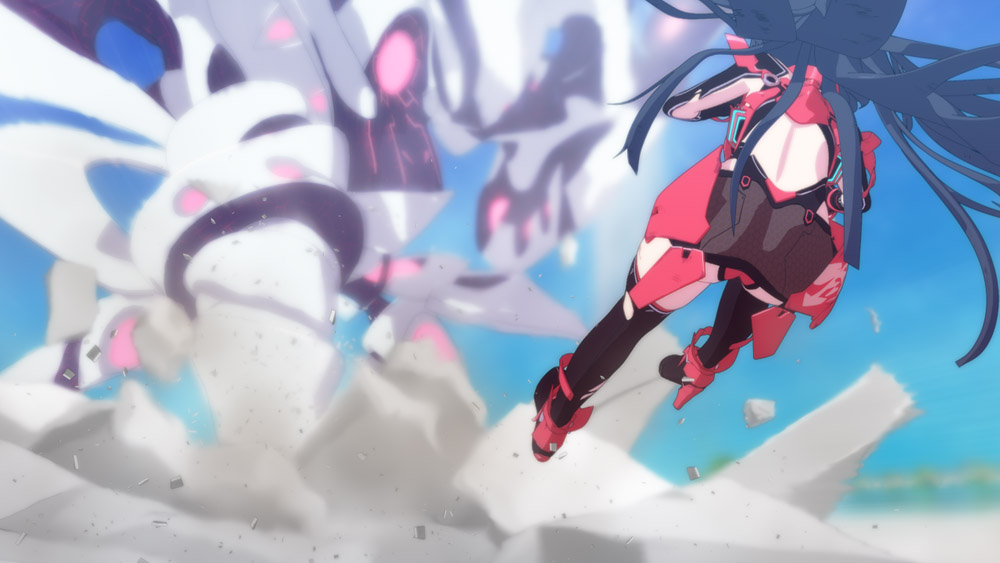
pair* Factory MIX PV
It has a simple topology structure, but I think it is a “Real type”.

Dragon Quest Your Story
It has a mixed look, but basically looks like a “Real type”. The cheeks also seem to have a “Silhouette type” like atmosphere.

Genshin
It is triangulated, but the flow of topology and the feel of shape suggest that it is probably a “Real type”.
Character by Sergi Caballer, Modeling Supervisor at Disney
I think this is a very informative video if you want to create a “Real type” topology. For Japanese-style Anime applications, it is enough to PART 1 or so.
Character by Brian Tindall, former Character Technical Director at Pixar
Brian Tindall’s “The Art of Moving Points” is very helpful if you even think about setup.
Spider-Man: Into the Spider-Verse
It shows topology around the eyes, but I think it is a “Real type”. (I think it is a realistic shape.)
I think the “performance line” concept described in this article is a “Symbol type” concept.

Deformed Type
Since there is a wide range of shapes depending on the character, it is hard to say “This topology!”. However, to put it in an extreme way, the topology is a simple flow with holes or parts attached. This topology is often used for cute characters with strong deformation (simple characters).
To be honest, I think this is the most difficult topology. The best topology depends on the character, and because it is so simple, it requires a sense of style.

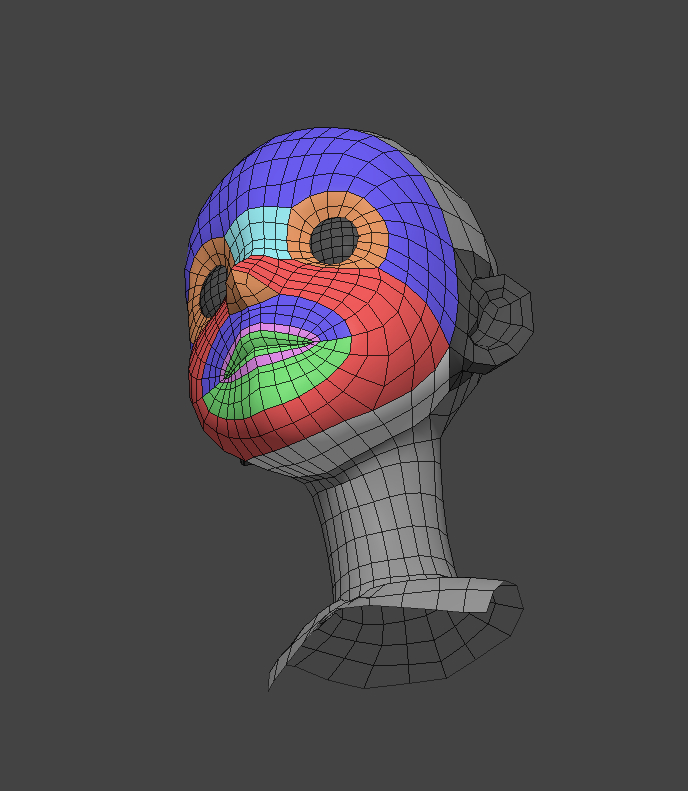
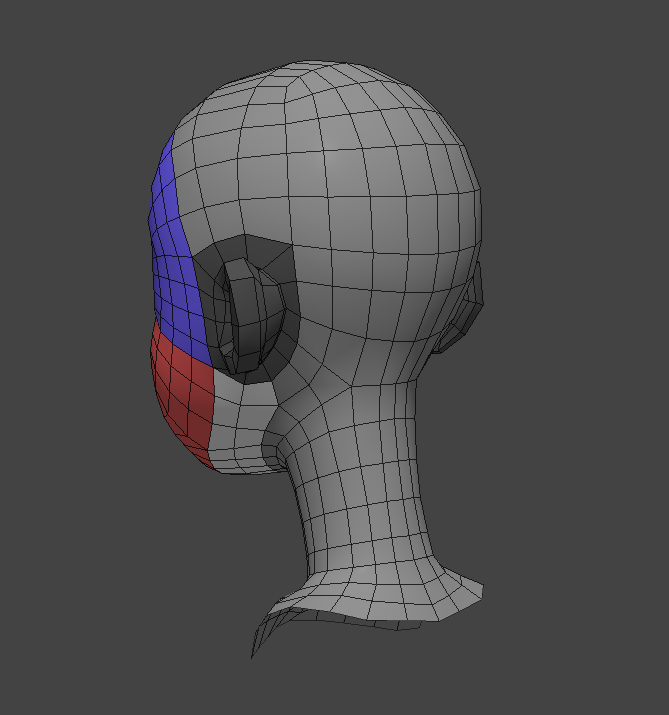
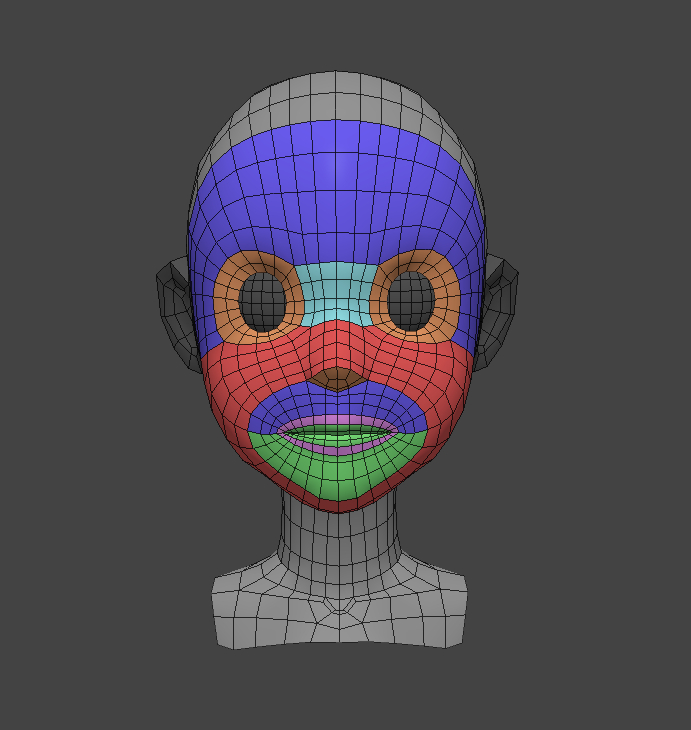
Topology, Formative features
I feel that in many cases it is a circumferential shape around the mouth for extreme deformation of the mouth. It is simple as a flow and shape, but I feel like it takes a lot of understanding about topology to keep the flow simple while keeping it simple and attaching the parts to each other.
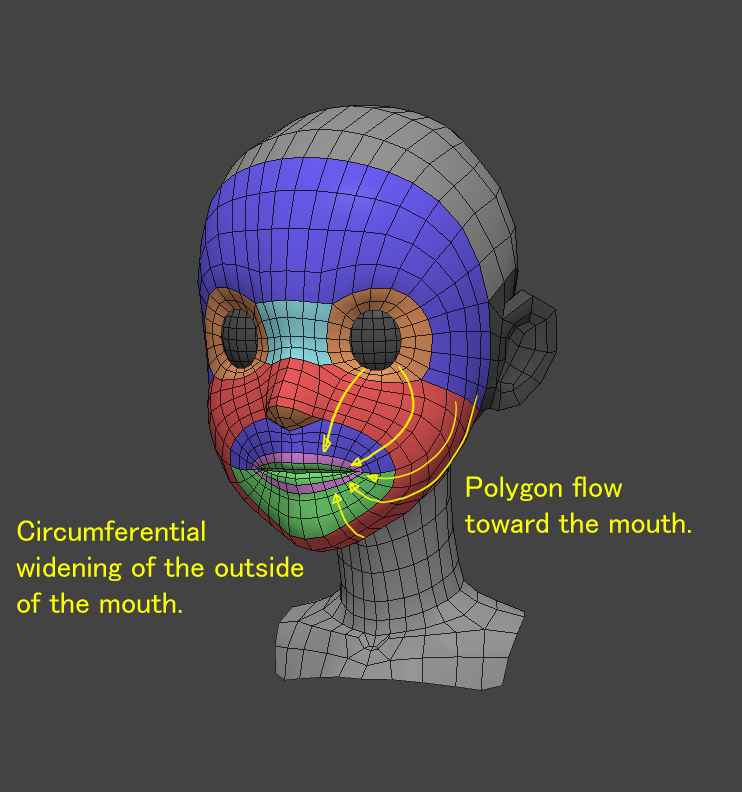
This topology from an animated point of view
I feel that if setup well, it is easy to apply various deformations.
Some works seem to be designed to be defromed significantly by deformers. In many cases, it seems that the mouth is designed to be opend wide.
In such cases, the topology is special and the deformation of the topology is prioritized over the flow of the shape, so if there are not enough polygons, it may be difficult to maintain the shape bacause there are not enough edges to create the contours. So it appears that the polygon count tends to be relatively high for such special cases.
Examples of work published on the Web
INAZMA DELIVERY
The character is very simple, but the topology of the face gives the impression that it was made with subtle three-dimensional changes and after transformation in mind.

The Peanuts Movie
The characters in “The Peanuts Movie” seem to have the topology of the rigging assumptions mentioned above. The rigging is quite special, but it is interesting to watch the Youtube movie at the bottom of Christian Haniszewski’s ArtStation’s The Peanuts Movie page.
STAND BY ME Doraemon
If you look closely at the topology of “STAND BY ME Doraemon”, you can see that the mouth can open very wide.
Inside Out
I believe that some of the characters in “Inside Out” also fall into this category.
Symbol Type
A composition in which all “Symbols” such eyes, eyebrows, mouth, etc. are made into parts and kept separate without being integrated with the topology of the face. The style is to “control and place them on upper parts in a 2D manner” by cutting them together. In short, make it a complete “Fukuwarai”. (“Fukuwarai” is an ancient Japanese game.)
Even if it is not a complete “Symbol type”, it is also a type of “Symbol type” where special eyes (such as eyes like × or 〇) or lines and shadows of special facial expressions are placed inside the head and morphed out.

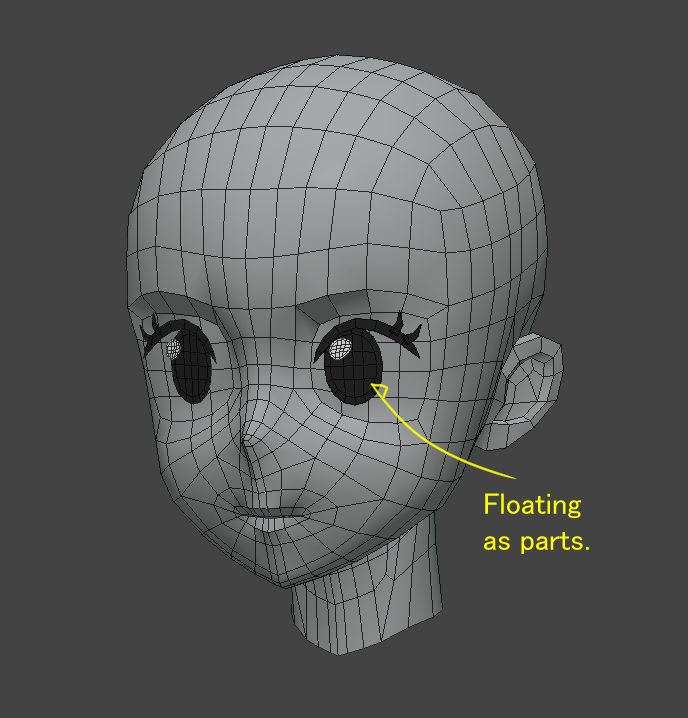
This topology from an animated point of view
Since it is divided as a symbol, I think it is easy to create a picture with a strong symbolic feel. In a sense, it is easy to think it is easy to think of expressions that would be difficult with other methods, because they can be processed in a flat way as symbols.
However, I think it may be difficult to consider the following elements.
- How to prepare patterns and make them easy to use in animation.
- How to determine the symbols.
- How to relate it to the base face topology.(e.g., how to setup the face for deformation)
Examples of work published on the Web
Hi Score Girl
The “Fukuwarai System” used in “Hi Score Girl” is a typical example of this “Symbol type”. It is very manga-like, or rather, the “Symbolized” picture is shown as it is.

Land of the Lustrous
If you look closely at “Land of the Lustrous”, too, you can see that the eyes are floating.
『宝石の国』 – メディア芸術カレントコンテンツ 市川春子の同名マンガを原作とした、京極尚彦監督による『宝石の国』のアニメーションは、全11話が2017年10月から12月にかけて放映された。人型の宝石たちが生きる、原作…
Cartoon Rig by 3d2dMuke
I think the mouth of 3d2dMuke’s cartoon rig is also this “Symbol type”. The difference is that “Hi Score Girl” has “floating parts” and is “texture-based”, while this one has “mouths that follow the face” and is “polygon-based”.
The Food Thief
It is amazing deformation, but I think “The Food Thief” is also a “Symbol type”. If you look at the technical breakdown, you will see that the various elements are made as separate parts.
Summary
Of course, there are many other patterns that are a mix or the 4 I mentioned.
Also, there are some special facial shapes, but as a “way of thinking”, I think that the basics are derivatives of these 4 patterns.
If you have any more, please comment!





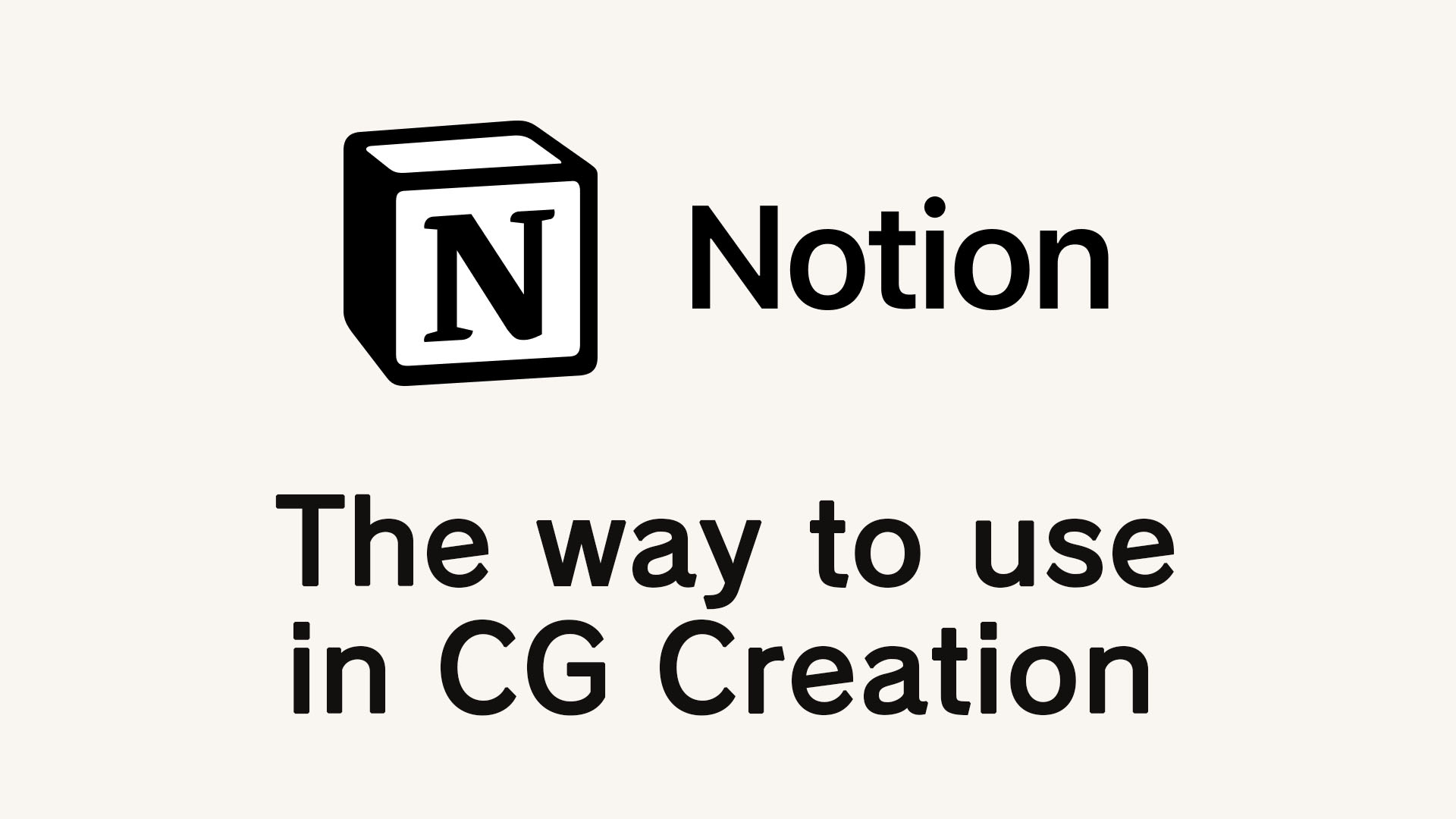



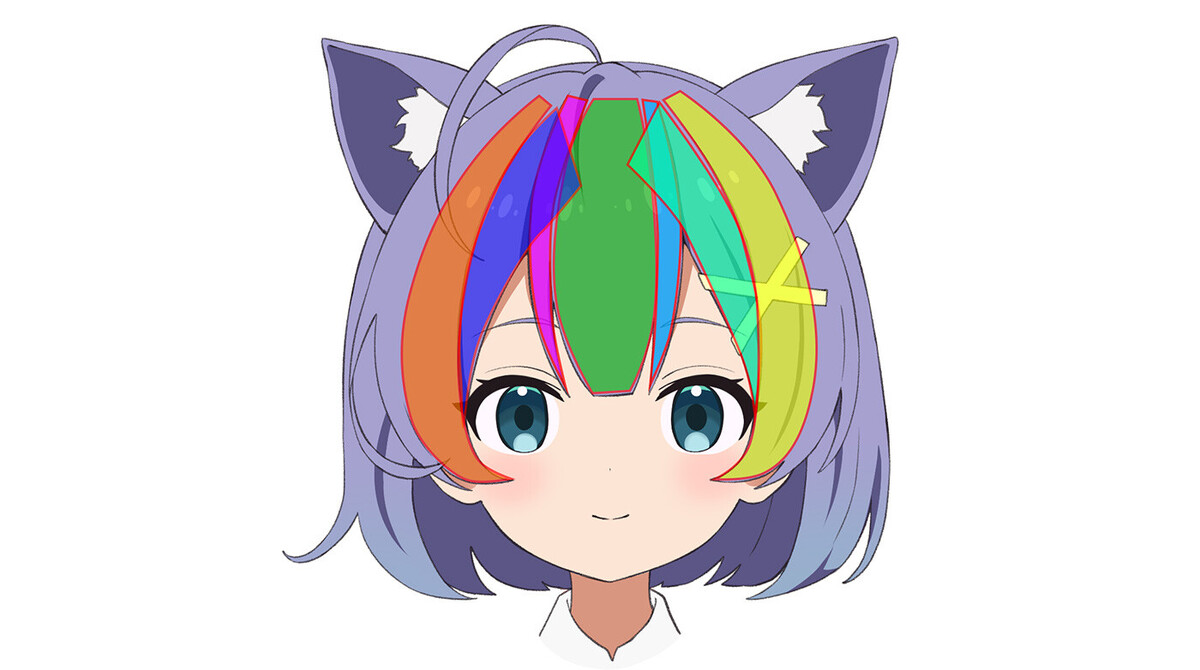


Comments